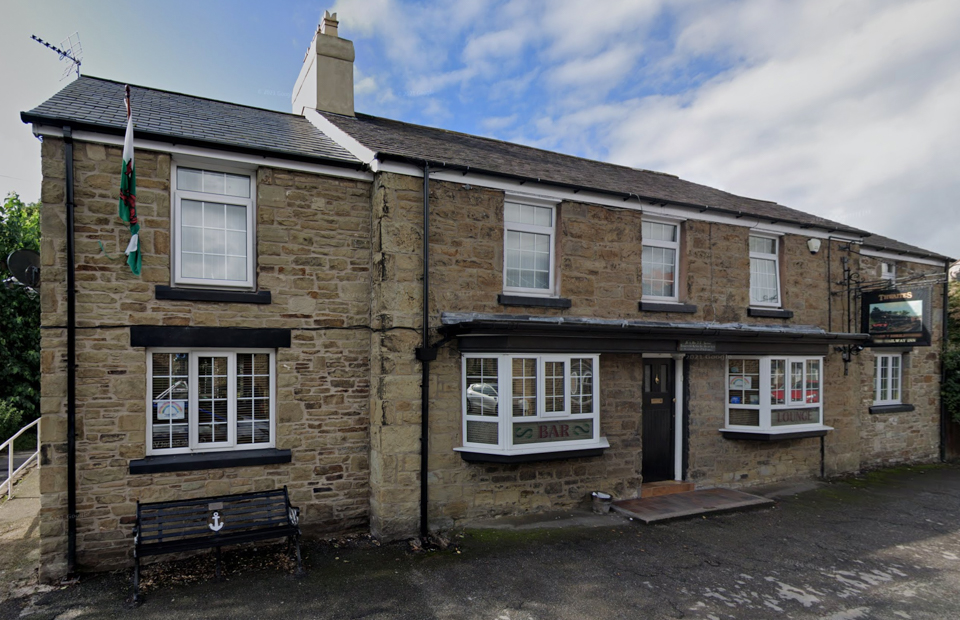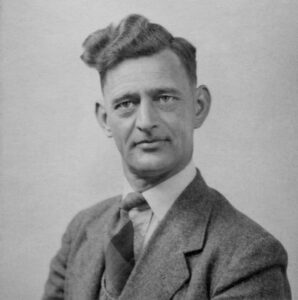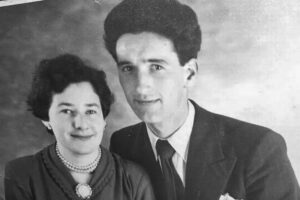Several of my ancestors were publicans, running various establishments from the late 19th century onwards. This short blog looks at the Great British Pub in that period and delves into the history of their public houses.
A brief history of the pub
The image of a bustling pub, a social hub in the heart of a community, is deeply ingrained in British culture. There have been taverns, alehouses and inns along the length and breadth of the country since the time of the Romans. They collectively became known as public houses and then simply as pubs around the reign of Henry VII – when there was around one pub for every 200 people.
For most of this period ale and beer were the drink of choice and often a much safer option than the local drinking water (it was even given to young children). The 18th century saw the import of cheap spirits, such as brandy from France and gin from Holland, which became the drink of choice and led to which led alarming levels of violence and drunkenness in British society – which different Gin Acts tried to put a stop to.
Pubs as we know them today emerged in the early 19th century, with the inclusion of bar counters, hand-pumps, and tiled surfaces. Most pubs were typically be split into several rooms and bars to cater for differing types and classes of customer.
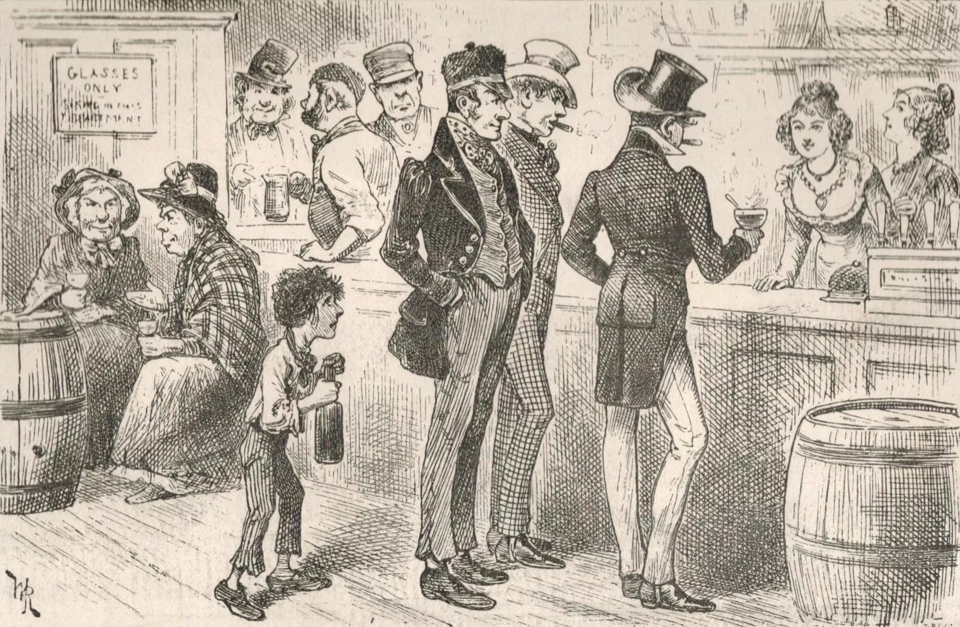
Centre of the community
Beyond serving ale and spirits, pubs were unofficial social centres of the community, providing a space where people could gossip, connect with their neighbours, and organise things of importance in the local area. They played host to social events like wakes, christenings, and celebrations; acted as information hubs, relaying news from newspapers or travellers; and in times of hardship publicans even provided emergency accommodation.
The late 19th and early 20th centuries saw significant economic and social changes in Britain – and the pub had an image problem. Temperance movements concerned about public drunkenness and its social impact began advocating for reduced alcohol consumption and stricter regulations. This led to Government policies to restrict opening hours, higher taxes, and initiatives like “police supervision” where officers patrolled pubs. Meanwhile, the emergence of alternative social spaces, like church halls and temperance cafes, offered competition.
Publicans adapted by offering non-alcoholic beverages and diversifying their offerings. Some pubs embraced entertainment options like skittles, darts, or even early music halls, catering to a wider clientele. Others were rebuilt to include beer gardens and non-smoking rooms more suitable for families and children; while others focused on providing high-quality food and accommodation to travellers and tourists emerging with the advent of leisure travel. The development of better transportation, particularly the rise of bicycles and later, motor vehicles, brought new customers from neighbouring towns and cities.
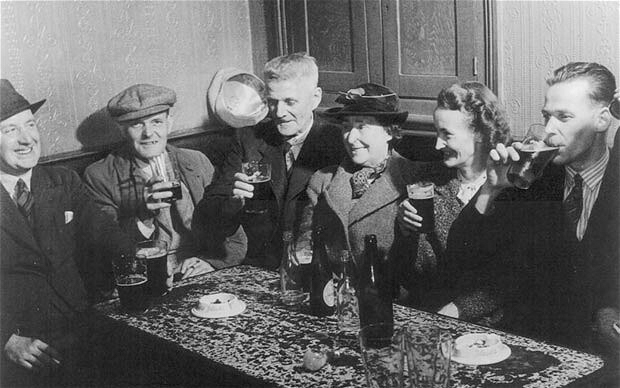
The licensees
Since 1552 innkeepers have needed a licence to run a pub. Most of my ancestors who were publicans seemed to have other jobs such as working in steel foundries. In all likelihood, although the man would have been the landlord and held the licence on paper, it would probably have been his wife and children that did the day-to-day running of the pub.
- White Lion, Rhewl-Mostyn: run by Edward and Christiana Profit from around 1911until their deaths. Her parents had run the pub for many years before passing it to them, and they in turn passed it to their son Alfred. He was the landlord from at least 1921 until his own death in 1947. Throughout this time, he lived over the pub with several of his siblings, including sister Sarah who became the landlady in 1947.
- Crown & Anchor Inn, Greenfield: run by Joseph and Mary Hughes from around 1900 into the 1920s.
- Railway Inn, Ffynnongroyw: run by the parents of William Hughes in the 1920s.
